Online shopping, an art-and it’s also a little psychological battlefield. Who hasn’t, at one point or the other, filled up their virtual cart with things that they think they might need, never to finally place a transaction for the goods? Why do we do that? What are the unspoken rules guiding our online shopping habits? From the sirens of “saved for later” to the dramatic abandonment emails, there’s a whole psychology at play when it comes to why we add to cart but rarely follow through with a purchase.
In today’s blog post, we’re diving headfirst into this weird world and breaking down all the rules we often don’t even realize we’re following. We’ll delve into what makes your shopping cart seem like a safe haven for indecision, why “free shipping” is literally the best way to spend more than you actually intended, and why those guilt-inducing cart abandonment emails are actually a marketer’s secret weapon. We’ll also discuss that final hurdle, the checkout button, which turns shopping into a commitment you might not be ready for, and why sometimes walking away is the smartest choice.
Ever fallen into the never-ending cycle of adds and deletes from your shopping cart? This blog will help you out. Whether you’re looking to make smarter online shopping decisions or just want to laugh at the ways in which we all get trapped in the digital web, we’ve got the humorous (and honest) breakdown of the unwritten rules of online shopping. Get ready to chuckle, nod along, and probably even back away from your next virtual shopping spree!
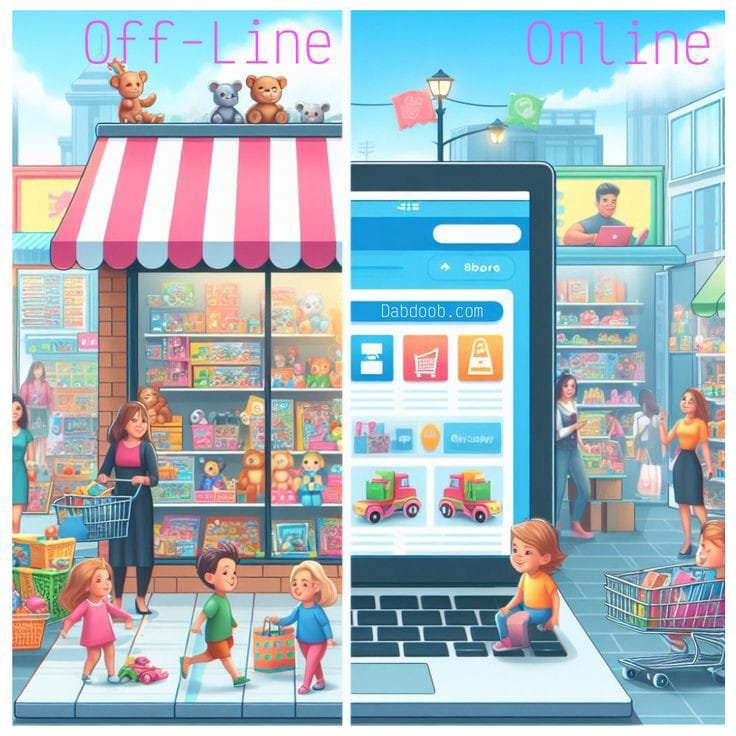
Unspoken Rules of Online Shopping: How to Finally Get Out of Cart
We all know this scenario: you are carelessly surfing online for a new phone case, a cute sweater, or maybe just some random things you “might” need someday soon. You just put a few items into the shopping cart, telling yourself it’s only “just a quick browse,” and before you know it, your shopping cart looks like a miniature shopping mall by day’s end.
Yet, with a full cart in front of you, something always stops you from actually checking out. So why do we do it? Why buy us a bunch of unnecessary stuff and then leave it there unpurchased as we move along to something more “productive” (like scrolling through TikTok or getting sucked into yet another email thread)?)
Ever been in that endless cycle of online shopping with no intention to buy through checkout? That might be normal. Well, welcome to the weird world of online shopping cart psychology, where we collect items in our virtual cart as if we are preparing for the apocalypse but leave them at the last minute.
Let’s break down some of the unwritten rules of online shopping, perhaps finally revealing the magic formula on how to get out of that cart once and for all.
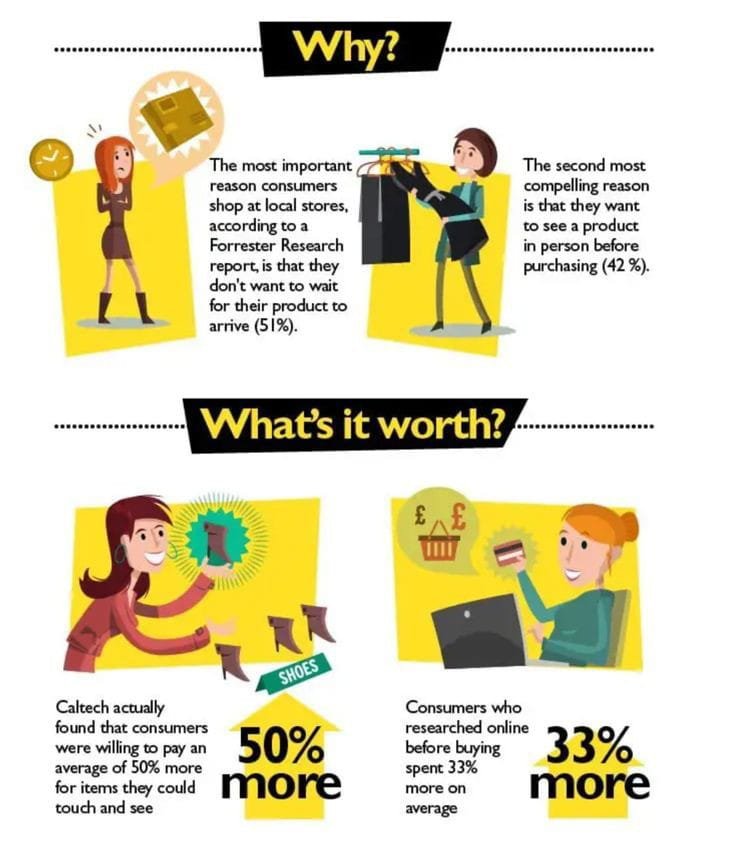
Rule # 1: Your Cart Is A Safe Space (Until It’s Not)
There’s also an online shopping cart, kind of like a temporary home for your wants. You place things you “might” like in there but aren’t quite ready to commit to. It is kind of like a try-on for everything. Is that really a need to buy that vintage band tee, or should I wait for that great price in the next sale? Can I really justify a new pair of leggings, or is that just the stress talking?
Actually, the cart is the safest and most secure place for indecision. You can load it up with 20 items, compare, debate, and browse through as much as you want without feeling guilty. “The beauty of the cart is that it’s like a waiting room in digital,” and you’re the only one who knows what’s in there. But here’s the kicker: the cart is the place where good intentions go to die.
You’re going to let that cart sit there for days, then weeks, before you just get bored and either click-through-delete everything or abandon it waiting for the next “oh I’ll just take a quick look” session.
How to Get Out of Cart: If you find yourself filling up your cart with 15 different options for a shower curtain, take a moment of self-awareness and ask, “Do I really need this?” If the answer is “no,” close that tab before it becomes a decision-making nightmare.

Rule #2: “Saved For Later” Doesn’t Actually Mean Later
Ah yes, the legendary saved for later button. It is the place where things that are just a tad too pricey to invest in go, or where things you’re still “thinking about” get stuck. It’s a nice euphemism for “I’ll get back to this when I’m feeling a little bit more impulsive,” but the truth is—saved for later is often where dreams (and your credit card balance) go to die.
Okay, so let’s face it: you’re not coming back for it. You’ve promised yourself you’ll just check again in a few days, but probably that item is going to sell out or go out of sale before you ever take the plunge. Or let’s be real-who hasn’t reached the final stage of checkout and then been quickly diverted by some pop-up ad talking about a 30% off your favorite skincare brand?.
The “saved for later” button is rather like a digital museum: you can look at it and gawk at it, but it’s definitely still the past.
Get Out of Cart: Don’t let yourself get stuck to the temptation of what’s in the “Saved for Later” list. If you didn’t buy it when it was really this week, and now it’s a few days ago when you should have, delete that piece of your memory.
Accept that if it is going to be then it will be. If it is in stock the next time you actually have a need for it, you’ll still be around.

Rule #3: Abandonment Triggers Are Real—and They’re Relentless
It happens to the best of us. You get sidetracked, and before you know it, you’re leaving your cart hanging, and then there is that “bam! “-start rolling in. “You left something behind!” they say. “Your cart is waiting for you!” A reminder from your online shopping “friends” that you did not complete your purchase, which will usher in the second stage of your shopping.
Not only do you start worrying about the necessity of items that you left behind, but now you are made to feel as though it is an emergency. Thus, every day adds just one more reason to give in and spend money on those items just so those emails stop. And, if you are lucky (or unlucky, as the case may be), those emails will include some coupon or limited-time offer just to get you back to that checkout screen. “Only 2 left in stock! Hurry!” they say, and suddenly, it feels like an episode of Shark Tank, about to make the decision of a lifetime.

Enough to panic-buy something you don’t need.
How to Get Out of Cart: Ignore the emails. If you’re really not going to buy, unsubscribe from those cart abandonment emails-it’s okay, they’ll live without you. If you do end up deciding to buy, resist the urge to impulse purchase just because of a timely email or countdown timer. Buy it when you’ve thought it through, not when you’re feeling the pressure.

Rule #4: Free Shipping Is Both the Holy Grail and the Devil
Ah, free shipping. Now this is the hook for getting you to finish checking out. You’ve got a $25 purchase, and if you add just that one little $5 you can save enough to get free shipping. So you browse, pick out a $5 keychain or maybe a sock set you don’t need, all in the name of “saving money.”
Of course, theoretically, it’s a wonderful deal: spend a little more on a product and then benefit from cheaper shipping. Who wouldn’t like that? Let’s face it, you’re just throwing good money out of your pockets to feel that you saved on postage. In this weird way, you’re paying to feel smarter than the system, whereas in actuality, you’re spending $30 on a sweater that was meant to be sold for $20.
Okay, so you get out of the cart with free shipping. That’s very appealing, but ask yourself if it’s really worth it. Sometimes you just don’t have to spend a little extra just to “save” on shipping. If that $5 item doesn’t really serve an actual purpose in your life, save yourself the hassle and just skip it.
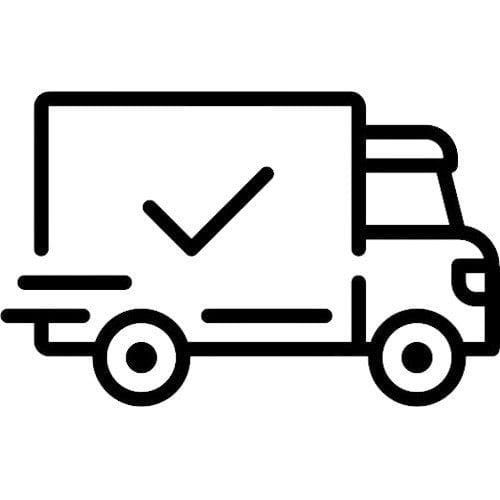
Rule #5: That Checkout Button Is a Commitment You May Not Be Ready For
Finally, here is the checkout button. Ta-da. It simply lingers there, large and pressing, goading you into submitting your purchase and divesting yourself of your hard-earned cash. You have entered all of your payment details, verified your shipping address, and it is only moments away from sending that money on to others for their disposal.
What’s the problem? You’re unsure whether or not you are really ready to commit. Okay, that cell phone case that you tossed into your shopping cart is rather cute, but do you really need it? Do you need another six throw pillows? What about that sweater I want to try on? What about somewhere else having a better sale? What if, what if, what if…
Freeze. Daze over the checkout button for a good minute, all of a sudden consumed by the weight of this life-changing decision. And then, when you are just about to press, back out.
How to Get Out of Cart: Quit hovering. If you are questioning whether you should buy it, that is your body telling you to get out of the cart. Sleep on it. Tomorrow if it is still in the shopping cart, then you will buy it because you have put thought into the purchase. If it is no longer there, just walk away.
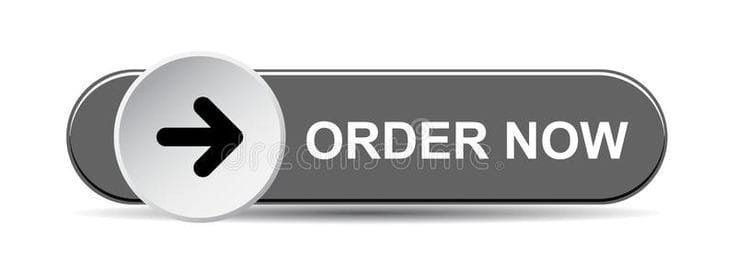
Rule #6: Sometimes, Walking Away Is the Best Decision
Here’s the thing: there is no shame in abandoning your online cart. Sometimes, the best thing you can do is to refuse to choose to buy anything. Maybe you don’t really need that new gadget. Maybe you don’t need another jacket to add to your wardrobe. Or you simply just don’t want to feed the insatiable appetite of unnecessary items you will never use.
If you have a tendency to drop your cart too often without looking back, that’s fine, too! Sometimes, it just isn’t the time when you should be hitting checkout. You’ll save that money for something you really need.
How to Get Out of Cart: Walk away with your head held high. And when your cart starts to fill up again, remind yourself that not everything in life needs to be bought right now. You’ll live.

Conclusion
Online shopping, it appears, is a vicious and astute beast, which can easily pound you into buying unbecoming amounts of products that you would have otherwise called “necessities” at the moment. But if you heed these unwritten rules and take the art of walking away to heart, then you shall be saved from buyer’s remorse and avoid that unwanted pile of emails in your inbox and regain control over your shopping habits











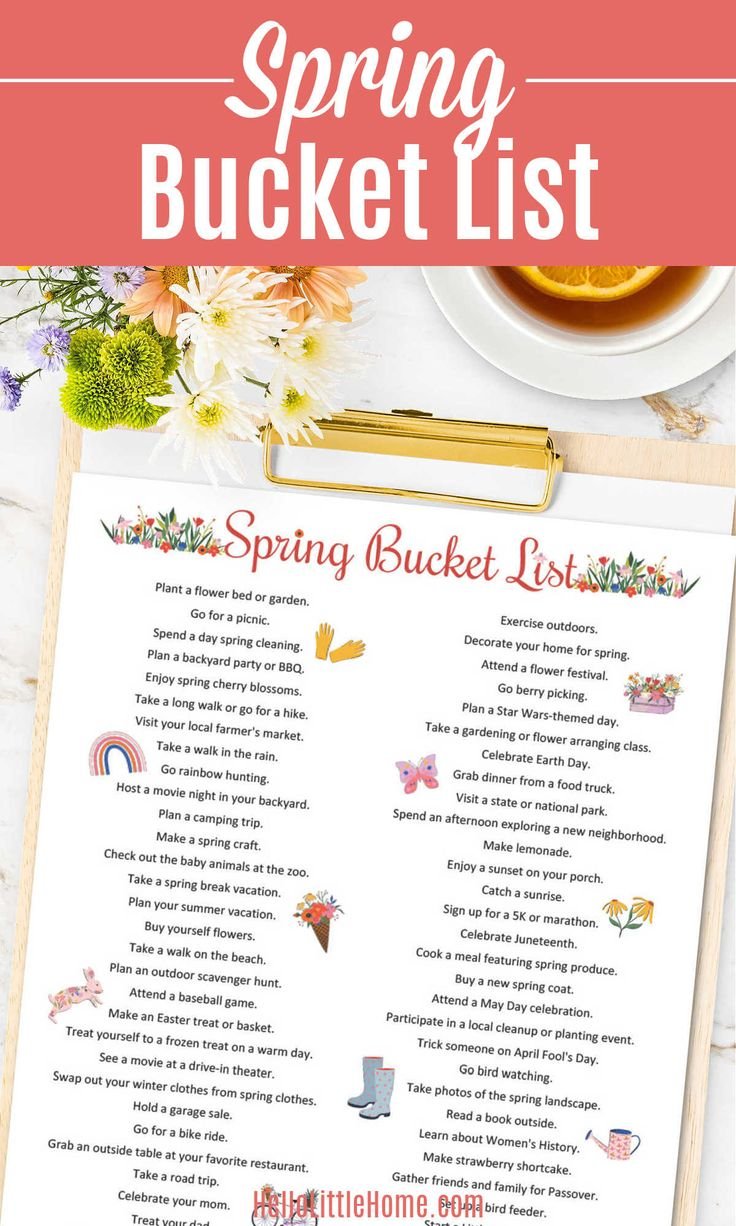
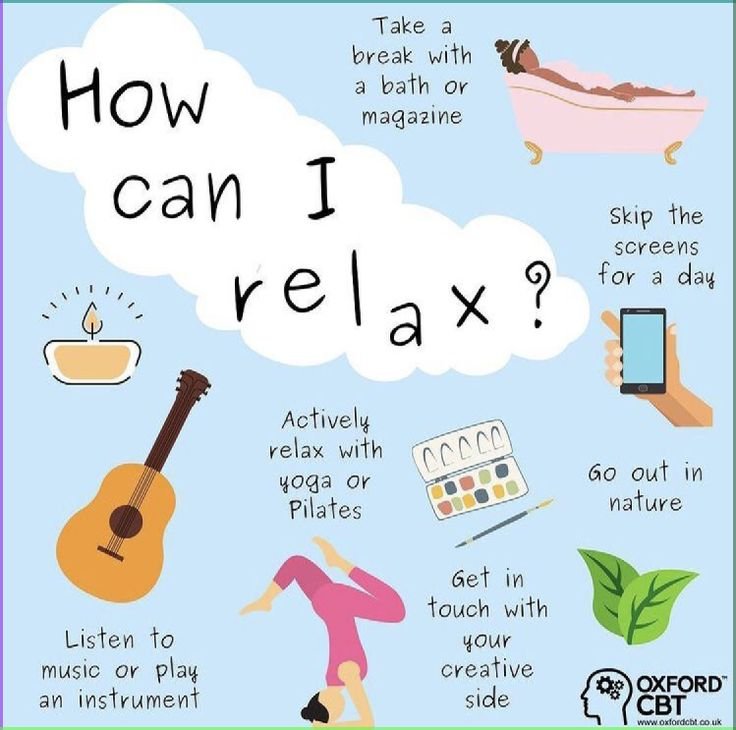



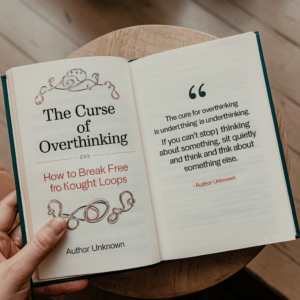





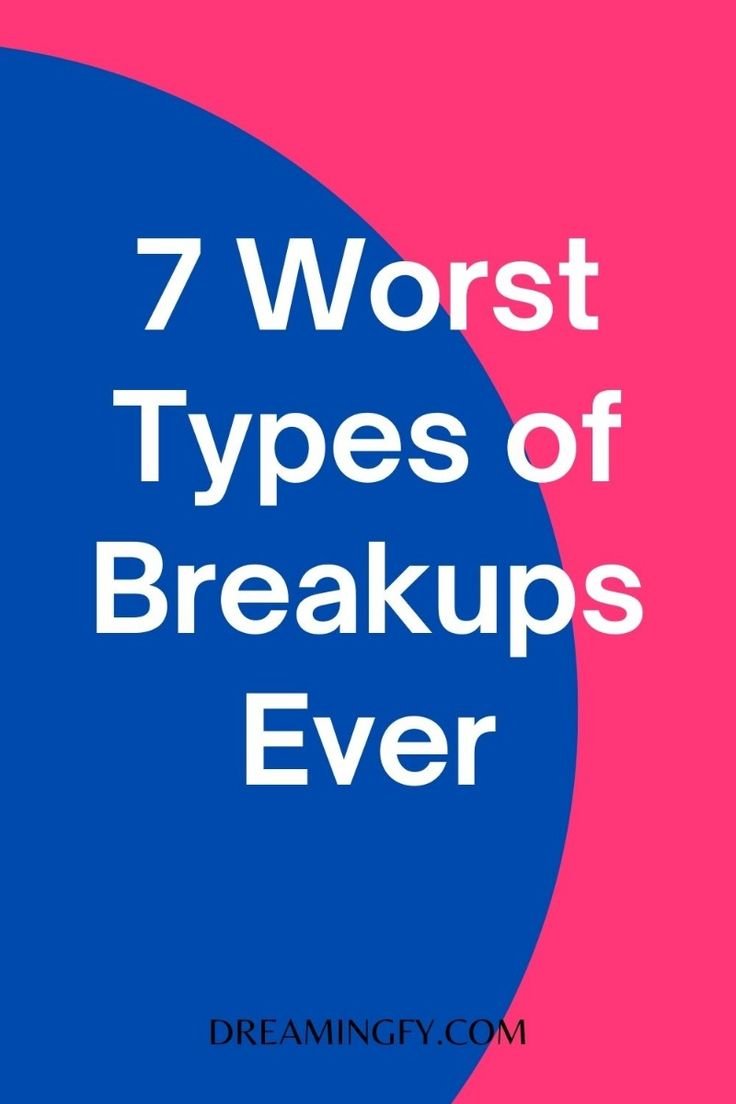
Your article helped me a lot, is there any more related content? Thanks!
Can you be more specific about the content of your article? After reading it, I still have some doubts. Hope you can help me.